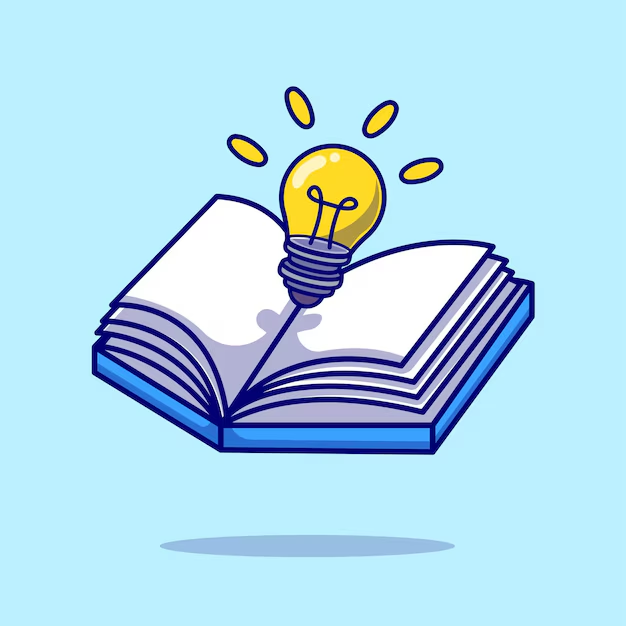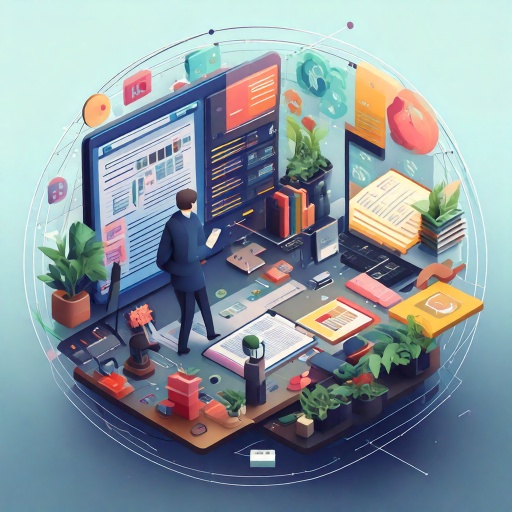Building your DD automation pipeline
July 7, 2025
Every DD expert has felt the grind: manual questionnaire reviews, re-running the same scans, chasing version-outdated slide decks. What if your team could spend 80% less time on routine tasks and focus on strategic synthesis? That’s the promise of an automated DD pipeline.
Step 1: Identify Repeatable Tasks
- Code-repo Health Checks: license scans, dependency-vulnerability reports.
- Questionnaire Aggregation: collecting stakeholder inputs via templated forms.
- Document Validation: verifying presence and freshness of key contracts and certificates.
Step 2: Select Your Tooling Stack
- Version Control: Git for every template, script, and report.
- CI/CD Engines: GitHub Actions or GitLab CI to orchestrate scans and build artifacts.
- Scripting Languages: Python or Bash for glue logic and simple transformations.
Step 3: Integrate into Your DD Playbook
- Define Pipelines as Code: store your YAML workflows alongside scripts.
- Automate Scans on Pull Requests: every update to the DD repo kicks off license and security checks.
- Generate Buyer-Ready Reports: compile scan outputs into a templated slide deck via Pandoc or Marp.
- Monitor with Dashboards: expose the pipeline status in a lightweight web UI so stakeholders see progress in real time.
Benefits of Automation
- Time Savings: automating routine scans cuts manual hours by up to 80%.
- Auditability: every run is logged, timestamped, and immutable.
- Continuous Improvement: as tools evolve, your pipeline adapts through version control—no manual refactoring.
Yuki’s Automation Playbook in Action
In one rapid DD sprint, we deployed an end-to-end pipeline that:
- Pulled the target’s GitHub repos.
- Ran static-analysis and security scans.
- Collated stakeholder questionnaire responses from Google Forms.
- Built a 150-slide buyer dossier in under 4 hours—down from 18 hours manually.
Buyers praised the transparency of our automated logs, and the seller closed the auction process with zero post-close surprises.
Automation in due diligence is no longer optional—it’s table stakes. By treating your DD workflows like software, you gain speed, reliability, and the breathing room to focus on high-value synthesis.
👉 Ask Yuki and start automating today













